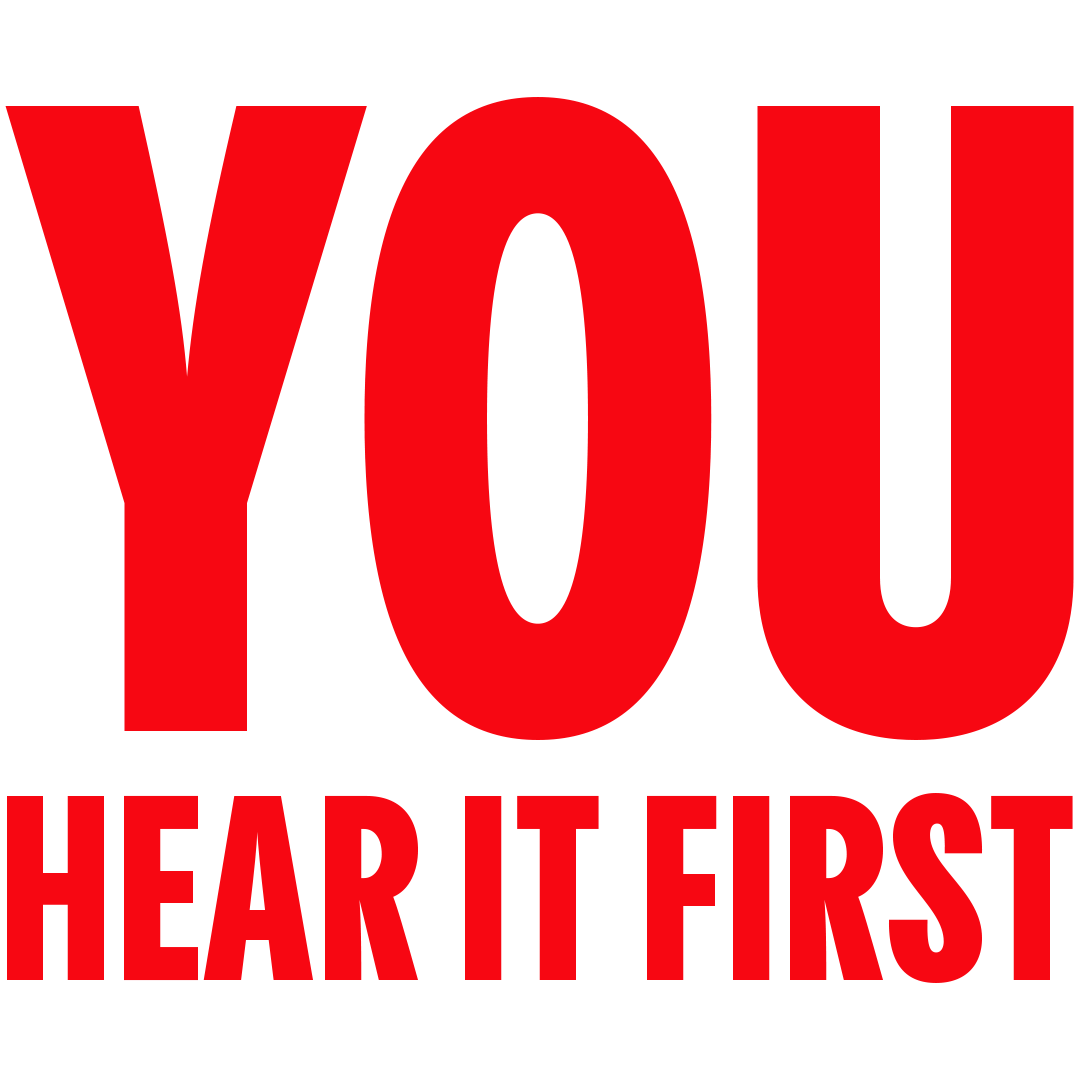Learn How to Read Music: A Beginner’s Guide to Unlocking Musical Notation

Learn How to Read Music: A Beginner’s Guide to Unlocking Musical Notation
When embarking on the journey of music production or learning an instrument, one of the first topics that come up is music theory. Depending on your level of experience, you’ll encounter various terms that help you understand the art. While browsing the internet, you may have stumbled upon some of these terms. Don’t worry! In this article, we will guide you through the most important aspects of music theory, with a specific focus on reading sheet music.
Reading music is a crucial skill for mastering music composition as it offers a visual representation of all the musical elements in a comprehensive package on paper. Apart from the technical aspects of musical performance, there are other factors to consider while playing. Questions like “What rhythm should I follow?” “What are the pitch and notes of the song?” and “How should each note be articulated?” arise. Notations provide a visual breakdown of a piece of music for each instrument. So, where should you begin?
Treble & Bass Clef
When faced with a blank sheet of music, you’ll encounter the foundation of reading music: the staff. This arrangement of five horizontal lines represents a musical scale, and all the indicators such as rhythm and pitch are added onto it. The scale of the musical composition is indicated by two different symbols: the Treble Clef and the Bass Clef.
The Treble Clef, also known as the G Clef, represents the following notes on the staff: E, G, B, D, F (lines), and F, A, C, E (spaces). This symbol indicates the range in which your instrument will primarily play and is the most commonly used clef.

On the other hand, you have the Bass Clef, also known as the F Clef. This symbol is used for instruments in lower registers (e.g., trombone, bass guitar). The notes associated with this clef, from bottom to top, are G, B, D, F, A (lines), and A, C, E, and G (spaces).

Building upon this foundation, the next aspect to consider is rhythm/meter. Two numbers, located next to the clef, indicate the beat of the song. The number at the top is called the numerator, and the number at the bottom is the denominator. The numerator tells you how many beats are included in one measure, while the denominator tells you which note represents one beat. The most common meter is 4/4.

Notations come in various shapes and sizes: whole notes, half notes, quarter notes, eighth notes, sixteenth notes, thirty-second notes, and sixty-fourth notes. Assuming the meter is 4/4, a whole note counts as 4 beats, a quarter note counts as 2 beats, and so on. You might have noticed a dot placed after some notes. This dot extends the length of the note by half of its original value. Conversely, a tie combines two notes into one, extending the length of the note to be as long as the value of the two notes combined. The different note values also apply to rests. There are a total of 7 rest symbols, which correspond to the same values as notes.
Lastly, there are three symbols you have likely encountered before: #, ♭, and ♮. Sharps (#) raise the pitch of a note by one step on the scale. For example, B# becomes a C note. Flats (♭) do the opposite by lowering the pitch by one step, while naturals (♮) cancel the effect of sharps or flats, preserving the original pitch.
Music theory can become as complex as you desire, with many additional elements to explore. However, for now, these are the fundamental aspects of reading music.
Written by: AIT

Post comments (0)